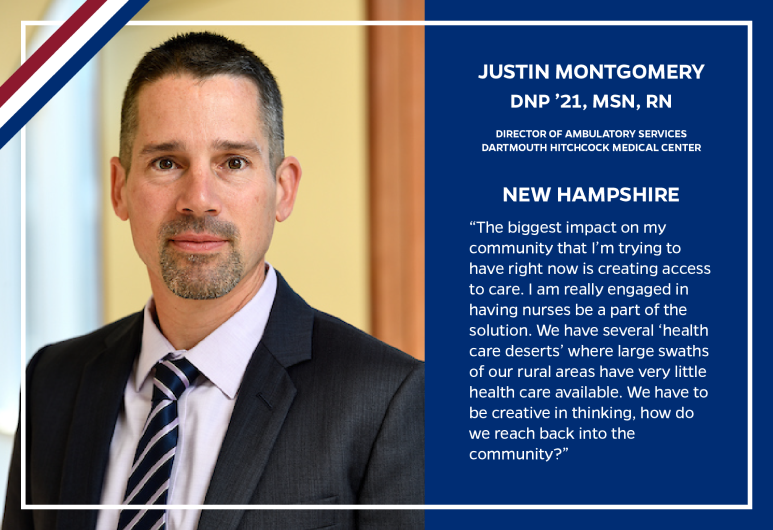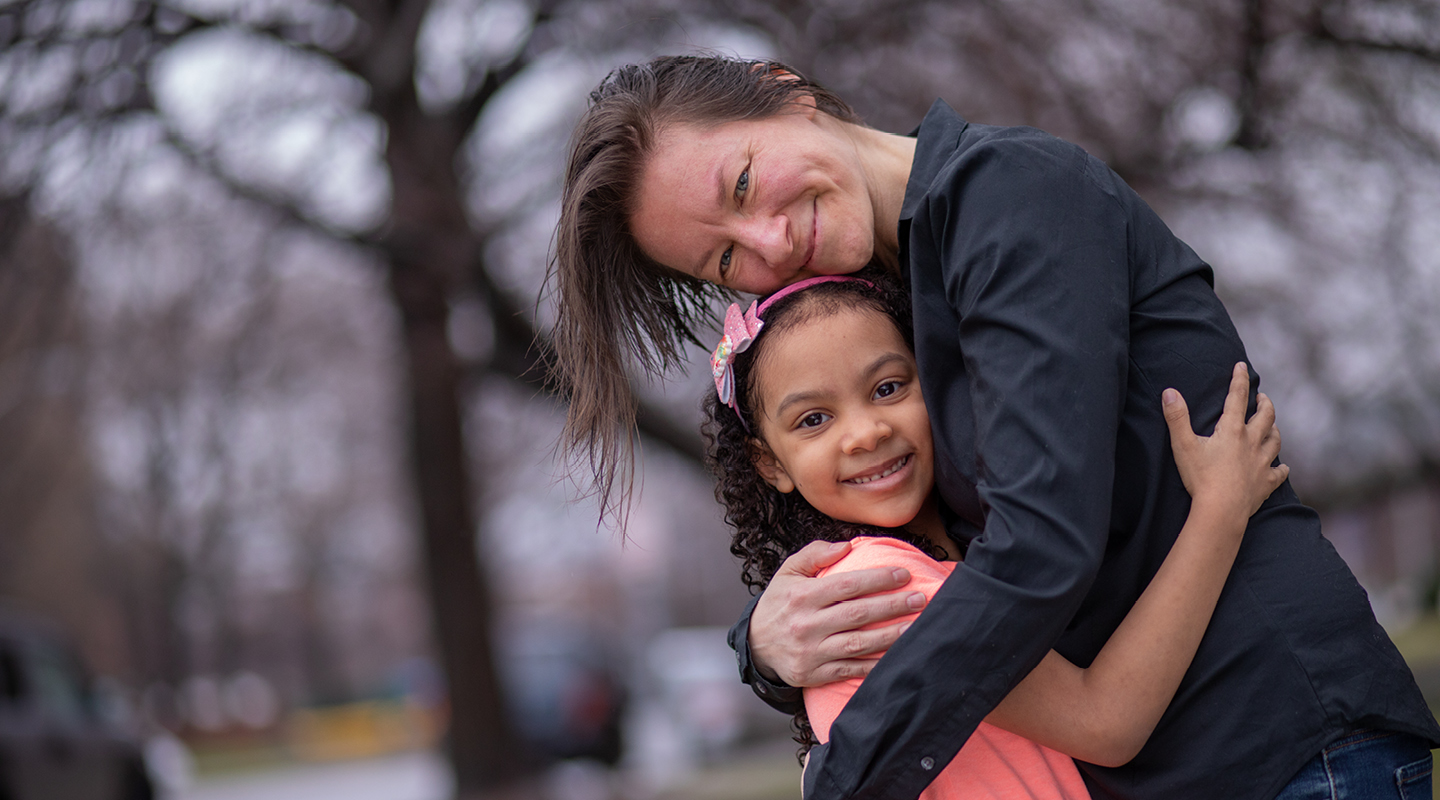Students Strengthen Skills and Learn Through International Experience
by Elizabeth Heubeck
There’s no way Kirsten Blomberg could have been completely prepared for what she encountered when she flew to Uganda to gain hands-on experience at Mulago Hospital as a School of Nursing student. And that’s precisely the idea.
Blomberg was shocked at the conditions and practices of the low-risk labor and delivery floor of the hospital where she was assigned to work. Patients are expected to supply necessary accoutrements for delivering their babies, such as sterile gloves and razor blades to cut the umbilical cord. Feeding tubes of various sizes taking the place of catheters, chronic understaffing, and a labor process that excludes pain medication also came as a surprise.
But the lack of resources did not deter her. “My interest is to work with underserved populations…my work at Mulago did nothing but confirm that I have chosen the right career,” Blomberg says.
Blomberg crystallized her professional future during the Transitions Practicum, considered the capstone of the Johns Hopkins University School of Nursing program. The course affords students the opportunity to apply the skills, concepts, and theories they’ve learned in the classroom to real-world experience. For students like Blomberg who apply for and are admitted to the Practicum’s international program, there’s much more to master.
Nursing instructor Mary Donnelly-Strozzo, MS, MPH, APRN, coordinates the School’s International Transitions Practicum, an option within the requisite three-credit transitions practicum course whereby students complete 168 clinical hours at a hospital under the guidance of a preceptor. Since 2004, a total of 112 students have participated in the International Transitions Practicum and completed coursework in nine countries. For the upcoming spring 2012 semester, twenty of the 151 students enrolled in the Transitions Practicum have chosen the international option and will complete their coursework in China, South Africa, Australia, the United Arab Emirates (UAE), Chile, Singapore, and Uganda.
Students who embark on the International Transitions Practicum receive advance preparation and support along the way. Donnelly-Strozzo begins students’ indoctrination to the program six months in advance of their departure. When students are abroad, she conducts a once-a-week meeting with them via Skype. Plus, each student is sent with at least one other classmate for social and professional support.
Not all international experiences present the same level of culture shock. Jamie Hatcher completed her practicum at Al Corniche Hospital, a major maternity hospital in Abu Dhabi, one of the larger cities of the UAE. The 200-bed hospital delivers approximately 8,000 infants annually. Managed by Johns Hopkins Medicine, the hospital is “well-equipped,” according to Hatcher.
Hatcher describes her experience—though much different than Blomberg’s—as equally fulfilling. The primary difference between Al Corniche Hospital and a hospital in the U.S. is the model of labor and delivery care, which is based on the UK model.“There are no labor and delivery nurses—only midwives. The UK midwife scope of practice means that the midwife provides all the patient
care and delivers the baby,” Hatcher says. “I have had to define my role [as a nurse-in-training], within an acceptable scope of practice, then explain it over and over again to midwives.”
But she relishes the rewards. “Working with a midwife one-on-one at Corniche and assisting in delivering at least one to two babies every shift was an amazing experience,” Hatcher says.
“I strengthened my nursing skills, but also learned so much more.”
Read Jamie Hatcher’s blog about her International Transitions Practicum experience.
 Global Service Learning: Guatemala
Global Service Learning: Guatemala Open Doors to Care
Open Doors to Care Breaking the Mold: Alumni Talk with Christina Marea
Breaking the Mold: Alumni Talk with Christina Marea From Baltimore to Vellore, India: Global Support for Nurses Struggling with COVID-Related Mental Health
From Baltimore to Vellore, India: Global Support for Nurses Struggling with COVID-Related Mental Health Privileged Information
Privileged Information






